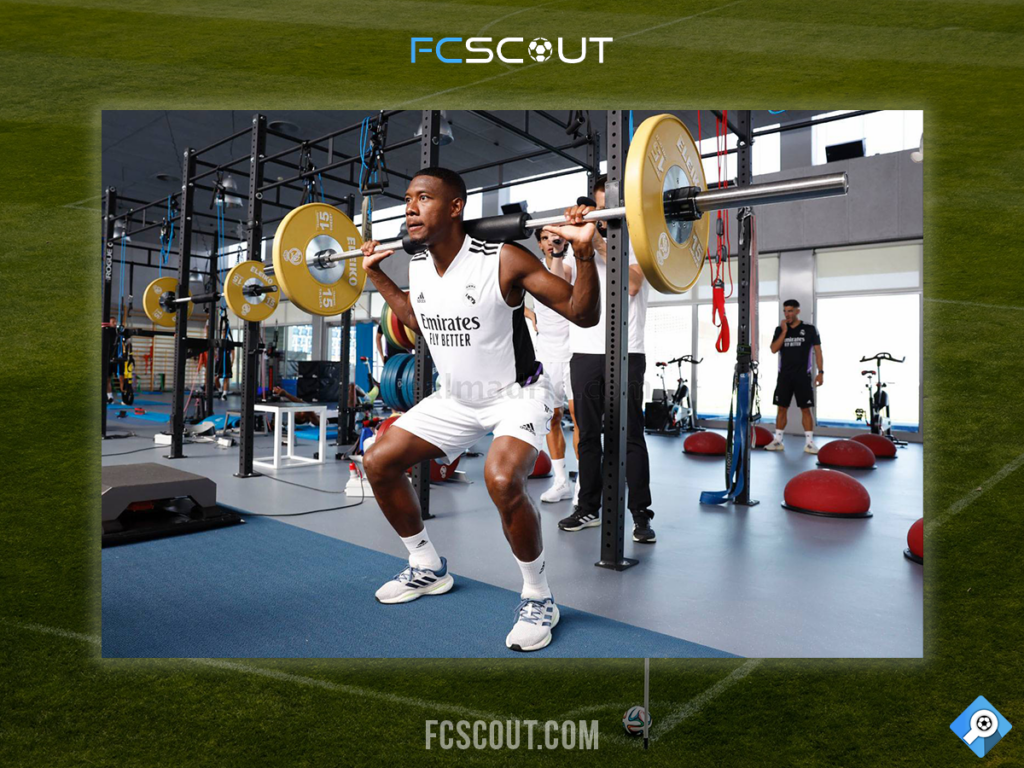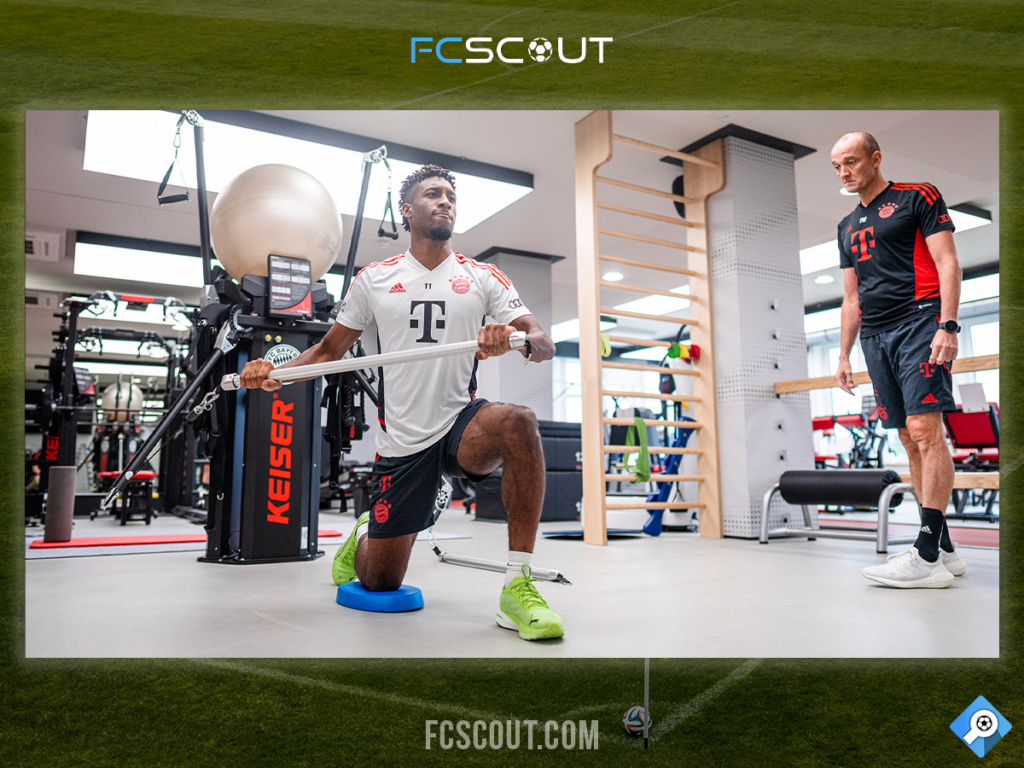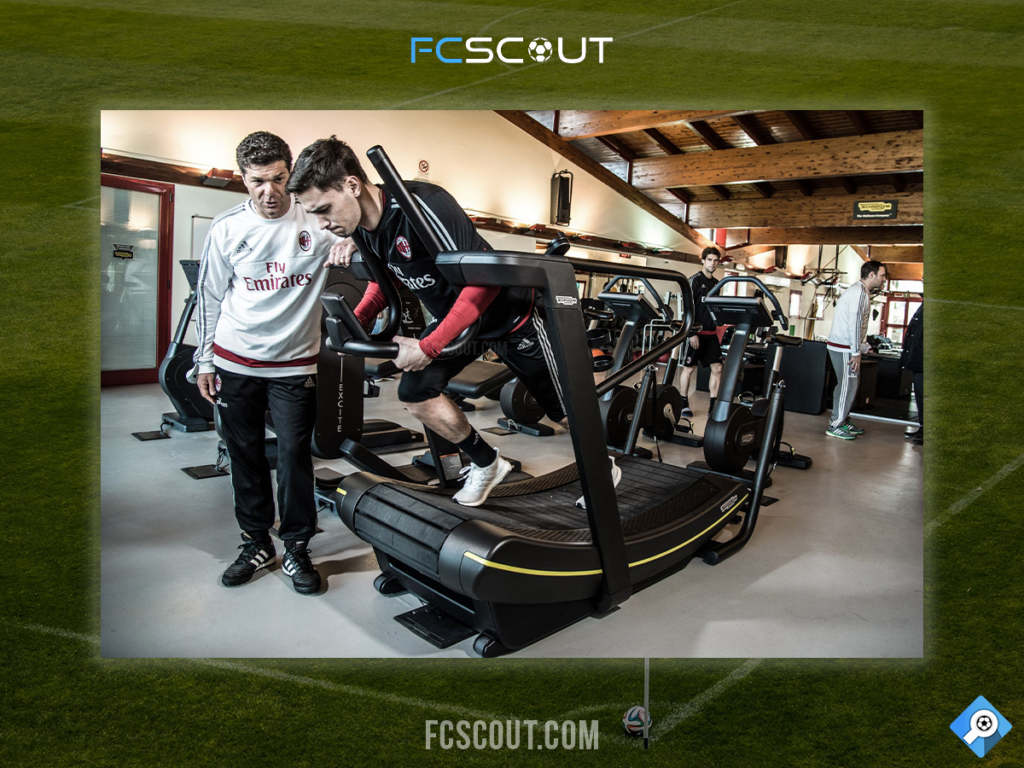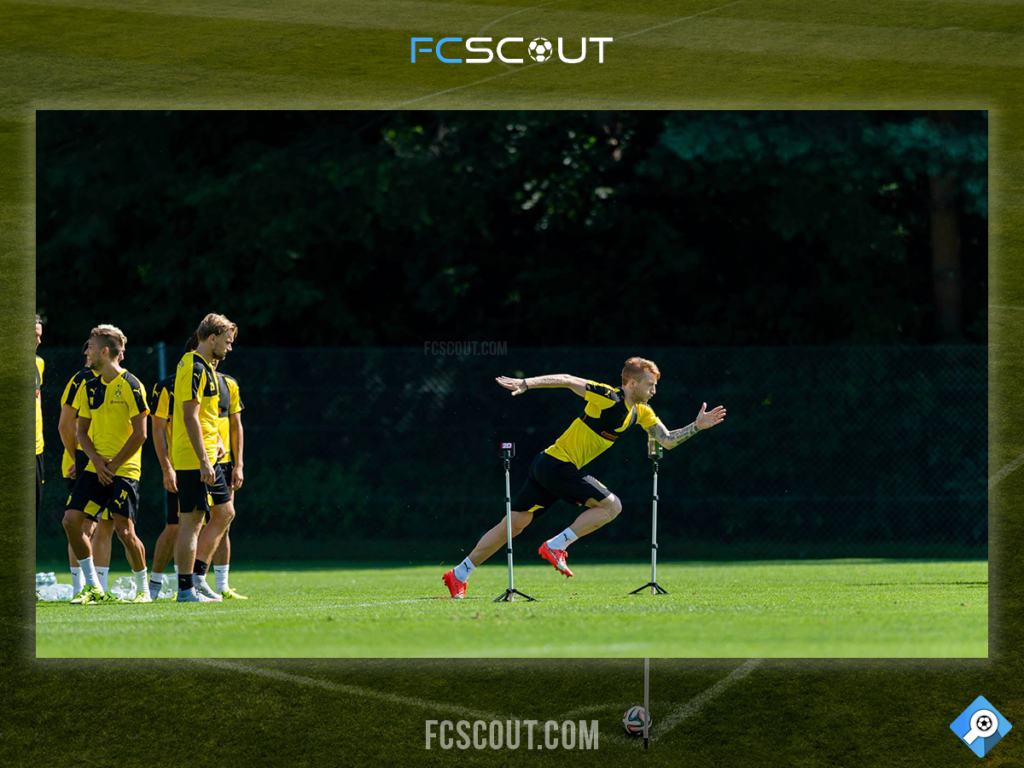Ultimate Guide to Getting in Shape for Soccer: Tips for Strength, Cardio, Agility, and Nutrition
Soccer is a sport that requires a high level of physical fitness and endurance. To be successful on the field, you need to have the right combination of strength, speed, agility, and endurance. In this article by fcscout.com, we’ll explore the best ways to get in shape for soccer, including training tips, nutrition advice, and more.
Strength Training
Strength training is a crucial component of getting in shape for soccer. It helps you build muscle and improve your overall physical performance. Soccer players need to have strong legs and core muscles to move quickly and control the ball effectively. Here are some of the best strength training exercises to incorporate into your workout routine:
Squats
Squats are one of the most effective exercises for building leg strength, which is essential for soccer players. To perform a squat, stand with your feet shoulder-width apart and slowly lower your body down as if you’re sitting in a chair. Make sure to keep your knees behind your toes and your back straight. Once you reach the bottom of the squat, push back up to the starting position.

Lunges
Lunges are another great exercise for building leg strength and improving your balance and coordination. To perform a lunge, take a big step forward with one foot and slowly lower your body down until both knees are bent at a 90-degree angle. Make sure to keep your back straight and your front knee behind your toes. Once you reach the bottom of the lunge, push back up to the starting position and repeat with your other leg.
Push-ups
Push-ups are a classic exercise for building upper body strength, which is important for soccer players who need to be able to control the ball and fend off defenders. To perform a push-up, start in a plank position with your hands shoulder-width apart and your body straight. Lower your body down towards the ground, keeping your elbows close to your body, and then push back up to the starting position.
You should aim to incorporate strength training into your workout routine at least two to three times a week. You can use weights, resistance bands, or your own body weight to perform these exercises.

Cardiovascular Training
Cardiovascular training is essential for building endurance and improving your overall fitness level. Soccer requires players to run constantly throughout the game, so having a good cardiovascular base is crucial. Here are some of the best cardio exercises for soccer players:
Running
Running is one of the most effective ways to improve your cardiovascular fitness and build endurance. Try to incorporate both long-distance runs and interval training into your workout routine. Long-distance runs will help you build endurance, while interval training will improve your speed and agility.
For long-distance runs, aim to run for at least 30 minutes to an hour at a steady pace. For interval training, try running at a high intensity for 30 seconds to a minute, followed by a period of rest or low-intensity exercise. Repeat this cycle for 10 to 15 minutes.

Biking
Biking is a low-impact exercise that can be a great alternative to running. It’s also a great way to build leg strength and improve your cardiovascular fitness. Try to incorporate both indoor and outdoor biking into your workout routine.
Jumping Rope
Jumping rope is a fun and effective way to improve your cardiovascular fitness and agility. It’s also a great exercise for building leg strength and coordination. Try to incorporate jumping rope into your warm-up or cool-down routine.
You should aim to do cardiovascular training at least three to four times a week. You can mix up your exercises to keep your workouts interesting and challenging.
Agility and Speed Training
Agility and speed are essential for soccer players who need to be able to change direction quickly and keep up with the pace of the game. Here are some of the best exercises for improving your agility and speed:
Ladder Drills
Ladder drills are a great way to improve your footwork and agility. Set up a ladder on the ground and practice running through the ladder, moving your feet quickly and staying light on your toes. You can also try different variations of ladder drills, such as side-to-side shuffles and diagonal runs.
Cone Drills
Cone drills are another effective way to improve your agility and speed. Set up cones in a zig-zag pattern and practice running through the cones, making sharp turns and quick changes of direction. You can also try different variations of cone drills, such as figure-eights and T-drills.
Sprints
Sprints are a great way to improve your speed and explosiveness. Try to incorporate both short sprints (such as 10-20 yard dashes) and long sprints (such as 50-100 yard dashes) into your workout routine. You can also try sprinting up hills or stairs to add an extra challenge.

Agility and speed training should be done at least once a week, but you can also incorporate them into your warm-up or cool-down routine.
Nutrition and Hydration
Proper nutrition and hydration are essential for getting in shape for soccer. Eating a healthy and balanced diet and drinking enough water can help you maintain energy levels, build muscle, and recover faster after workouts. Here are some tips for fueling your body and staying hydrated:
Eat a Balanced Diet
Eating a balanced diet that includes lean protein, complex carbohydrates, and healthy fats is essential for building muscle and maintaining energy levels. Try to eat a variety of foods from all the different food groups, and avoid processed and sugary foods as much as possible.
Stay Hydrated
Drinking enough water is essential for maintaining energy levels and preventing dehydration. Try to drink at least 8-10 glasses of water per day, and more if you’re exercising or playing soccer in hot weather. You can also drink sports drinks or eat foods that are high in electrolytes (such as bananas and avocados) to help replenish your fluids and electrolytes.
Time Your Meals and Snacks
Timing your meals and snacks can help you maintain energy levels and avoid getting too hungry or too full before a game or practice. Try to eat a small meal or snack 1-2 hours before exercising, and avoid eating a large meal right before playing soccer.
Remember, proper nutrition and hydration can help you perform better on the field and recover faster after workouts. Try to make healthy food choices and drink plenty of water throughout the day.
Conclusion
Getting in shape for soccer takes time and dedication, but with the right training, nutrition, and hydration, you can improve your strength, speed, agility,
EXPLORE MORE CLUBS!
Explore more professional clubs by continent.






